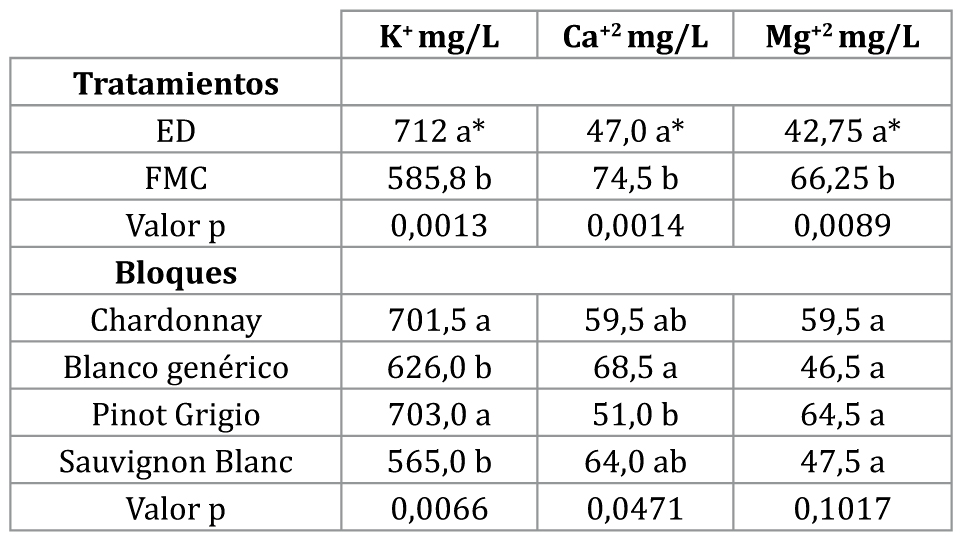Tartaric stabilization of wines: comparison between electrodyalisis and cold by contact
Keywords:
wine, tartaric stability, potassium bitartrate, electrodialysis, cold by contactAbstract
Wine has to be stabilized in respect of potassium bitartrate precipitations. One of the most used methods of stabilization is the precipitate formation as a result of cold with crystal seeding. This method implies an elevated cost. The stabilization by electrodialysis may be an alternative, which consists in removing the potassium cation, through a selective membrane and an electric field, so as to prevent the precipitation of potassium bitartrate. The purpose of this project was to determine if wines stabilized with respect to tartaric precipitations through cold stabilization by contact process are different from wines stabilized by electrodialysis, concerning their physics-chemical and organoleptic characteristics. Two industrial tests were carried out: one of them included 4 white wines and the other with 3 red wines. All wines were stabilized by cold stabilization by contact process (FMC in Spanish) and electrodialysis (ED). The tests were conducted using a randomized block statistical design. The white wines stabilized by ED have lower concentrations of Ca+2 and Mg+2 than those stabilized by FMC. The wines stabilized by FMC contain less K+ than the wines stabilized by ED. The red wines stabilized by FMC have lower concentrations of free SO2. A panel of tasters found no difference between both treatments, neither in white wines nor in red wines. Therefore, it is possible to replace the tartaric stabilization by contact process (FMC) with ED. Although minimum changes are produced in the physics-chemical characteristics of wines, these changes are not detected by means of the organoleptic analysis.

Downloads
Published
Issue
Section
License
Aquellos autores/as que tengan publicaciones con esta revista, aceptan las Políticas Editoriales.


